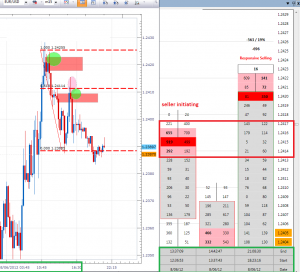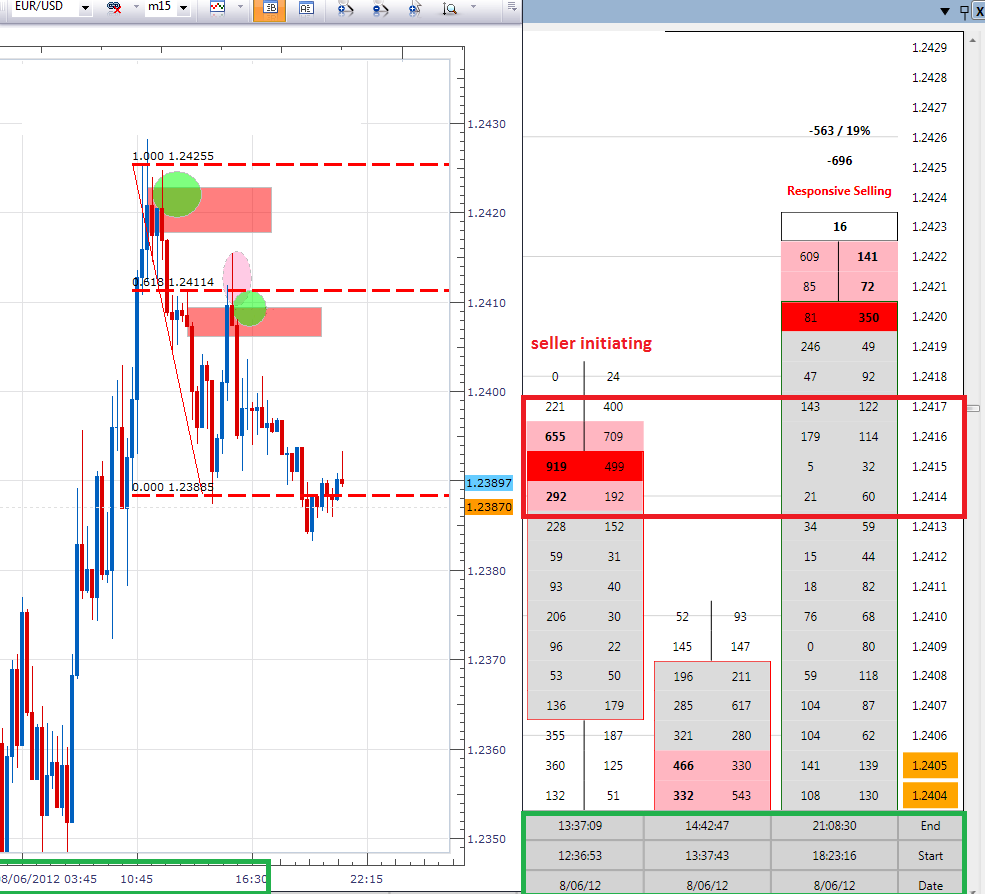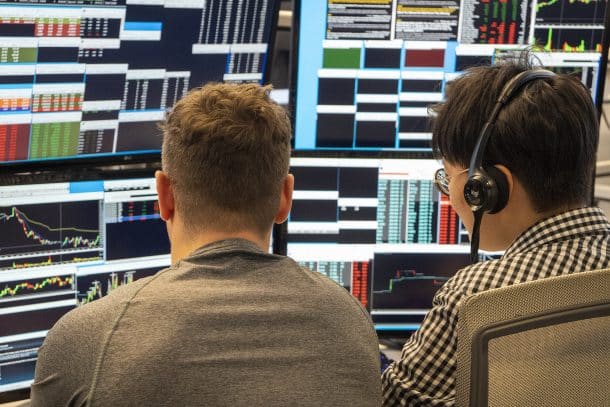Volume is a key component in technical analysis and in momentum based trading strategies. Heavy volume usually leads to sustained price trends and higher quality intraday momentum. In contrast, lack of volume usually leads to a lot of broken keyboards, computer screens and accounts.
So it can be very beneficial for a trader of any instrument to have a sense of volume or level of market activity. Why? So you can better gauge your expectations and allow yourself to adjust risk or hold winners longer.
Traders of equities and futures have the luxury of reliable volume statistics because of their respective centralized exchanges. Spot forex traders do not because of its OTC nature. So how does a spot forex trader get around this?
Here are three ways our traders use to get a sense of volume in the forex market.
1. Observing Futures Volume
We don’t have to trade futures to gain some benefit from the information that they can provide. Our traders are able to utilize a proprietary order flow tool that allows them to analyze futures volume in a way that helps to confirm their price pattern trades.

SMB Forex traders use a proprietary volume analysis tool to get a clearer picture of buyers and sellers in the currency market.
If you don’t have access to such a tool, you can use the next best thing: The S&P futures volume and price action. My thinking is this: If no one is trading the S&Ps, that means the world is not trading. You can also look at currency futures like 6E which is the euro against the dollar. So you don’t have a futures broker? No problem look at the volume on the SPY or FXE etfs. Remember it’s not about exact volume statistics, it’s about getting a “sense” of general market activity. Are people trading or not?
2) Watching the Spreads (difference between bid/ask).
Typically with dealing desk brokers and even ECNs, low volume environments can be detected by observing widening spreads. For example, EUR/USD in an active environment should be showing spreads of .5 to 1.5 depending on your broker. If it is showing more than 2 pips, then you are in a low volume environment. This is especially unattractive for scalping strategies.
3) Observing Time.
In an active environment, moving 5-10 pips requires little time and effort for the EUR/USD. If instead it takes three hours for it to move 10 pips, most likely you’re in a low-volume market.
Low volume environments can seriously confuse and discourage even more experienced traders. These markets are littered with false breakouts, false starts, and painfully slow price action. That’s why it is so important to be aware of these characteristics and adjust accordingly.
The most common times for low volume are in the middle of the summer (like August). A day or few hours before a major news announcements like an FOMC meeting, or going into a major holiday.
Remember a large portion of volume is still transacted by people and as long as that’s the case, volume will peak and trough in relation to herd behaviors like going away for holidays. Being able to analyze the quality of the order flow and incorporate that information into your trading decisions is a big step toward becoming a professional trader.
Flexibility and adjusting to ever changing market conditions is an important skill that is heavily emphasized in our forex training program.
I would like to hear from you about your experience with detecting and adjusting to low volume markets. Do you trade at all? If you do, how do you adjust?
Marc Principato, CMT



One Comment on “Three Ways To Gauge Volume in the Forex Market”
Hi,
Thank you for sharing, good tools